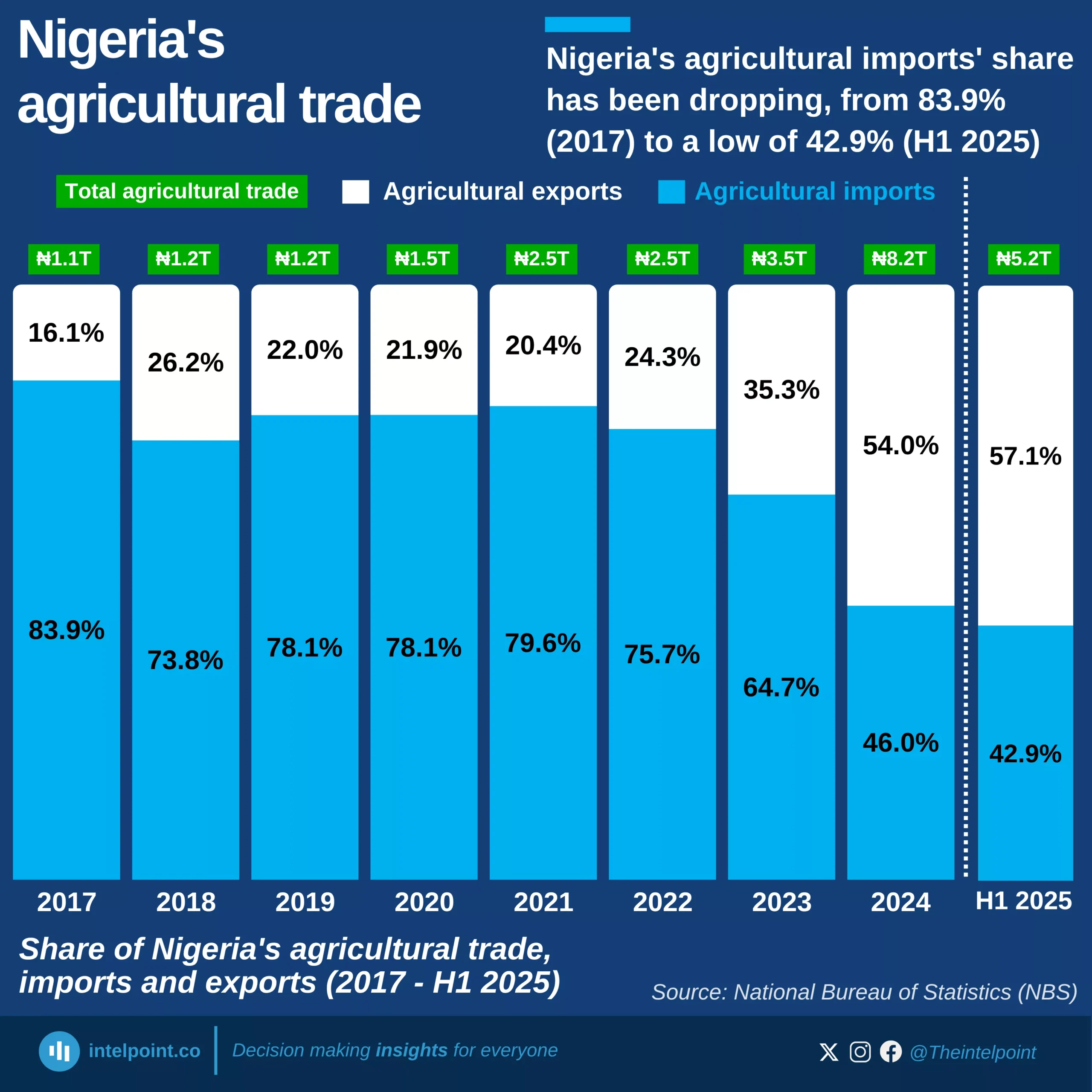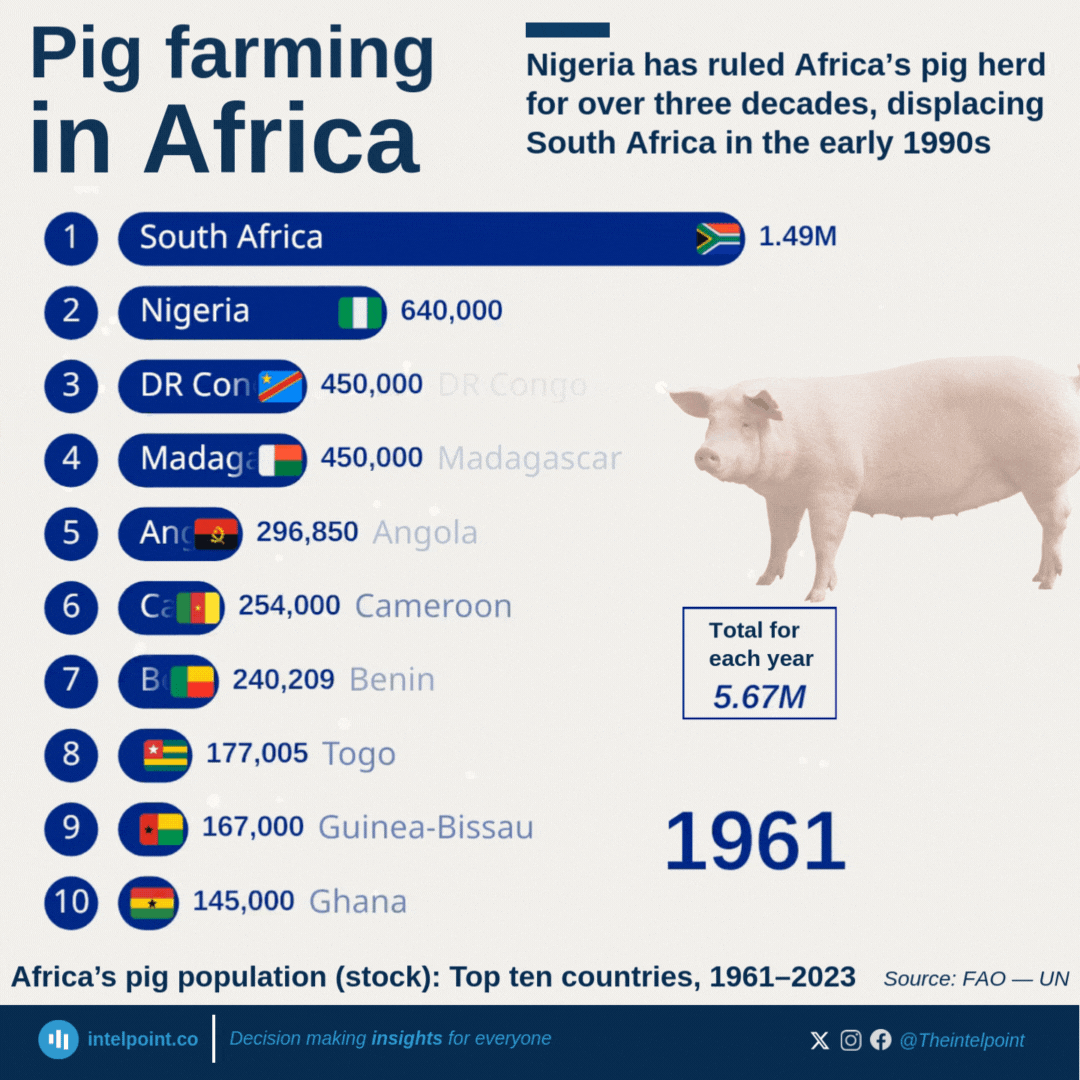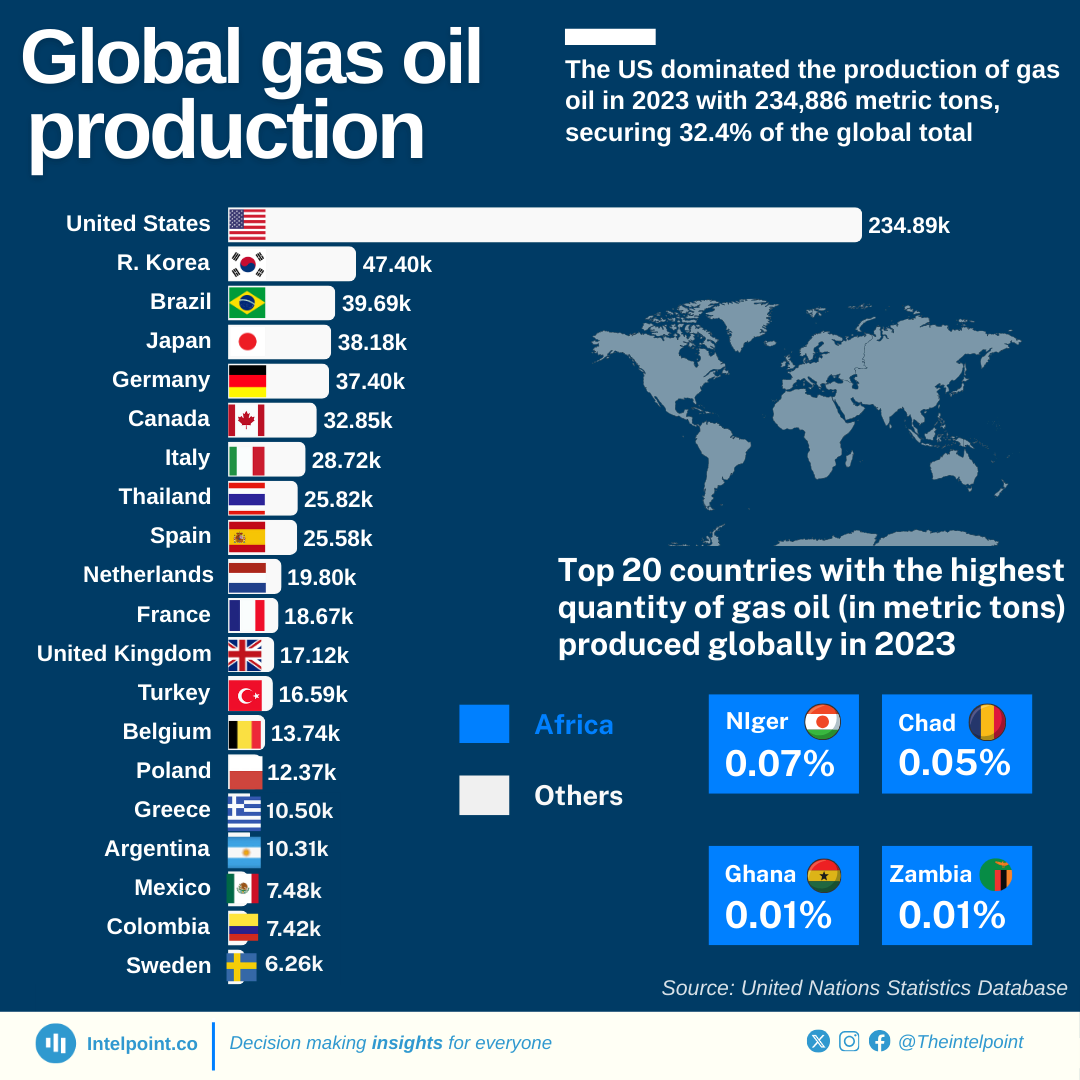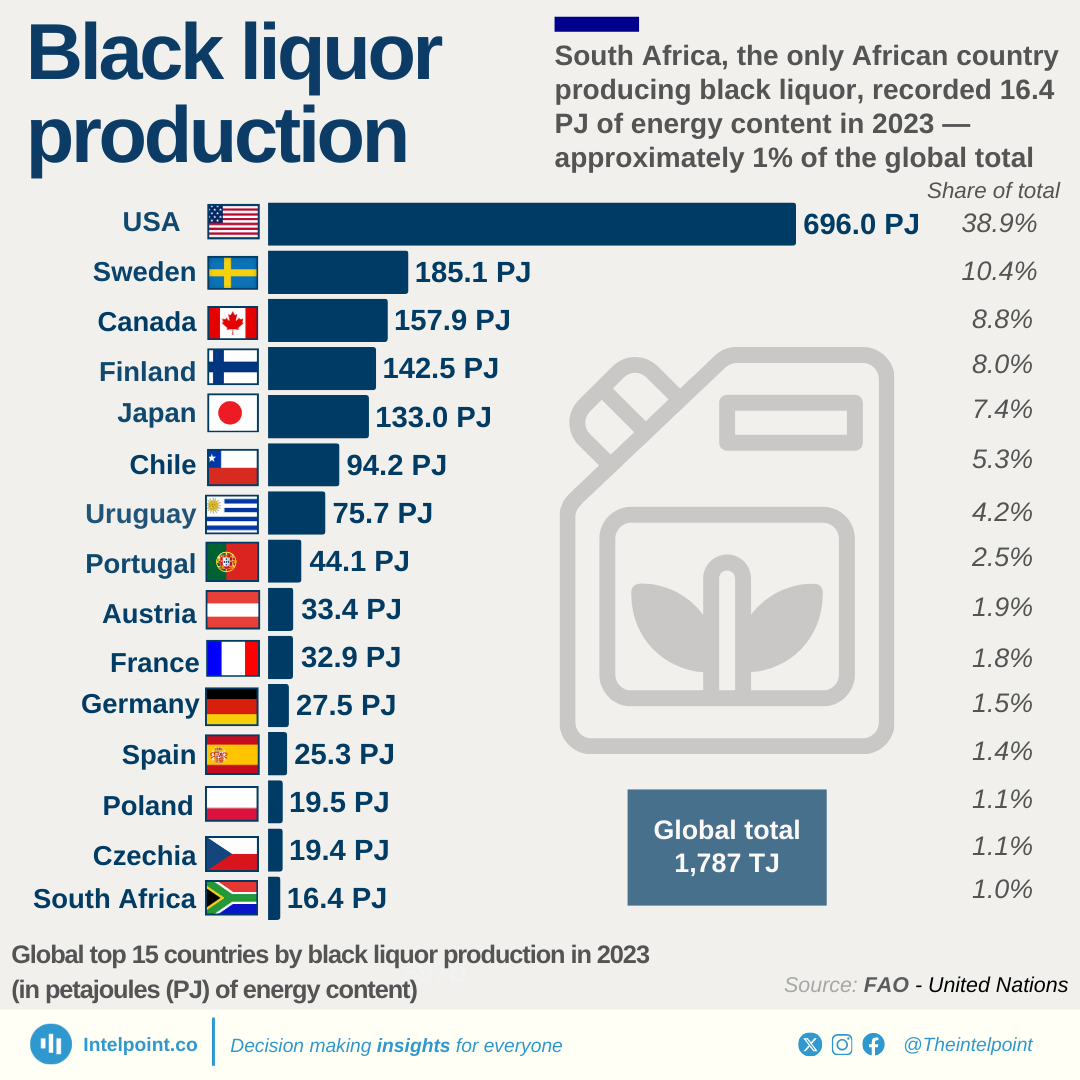Key takeaways:
Beginning with a modest 6,800 tonnes in 1985, Nigeria saw consistent growth in sesame seed oil production, reaching 12,000 tonnes by 1995. However, production stagnated between 1996 and 2003 with a constant output of 8,000 tonnes. A further drop occurred afterwards, with production reaching 2,400 tonnes in 2009.
Following these decreases, production increased to 6,124 tonnes in 2010 and 22,148 tonnes in 2011. The production volume reached 176,342 tonnes in 2012, a staggering 2,493% rise above 1985 output levels. Despite the significant growth in 2012, there was a sharp decline in 2013, most likely due to factors such as environmental challenges, economic constraints, and infrastructural limitations.
Although production varied in the years following the 2012 peak, output levels remained much greater than pre-2010 levels, with output ranging from 30,548 to 92,368 tonnes between 2013 and 2022.





